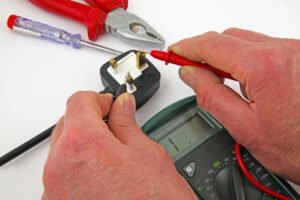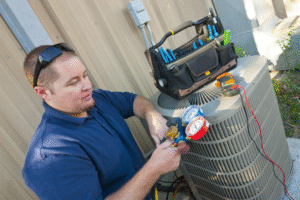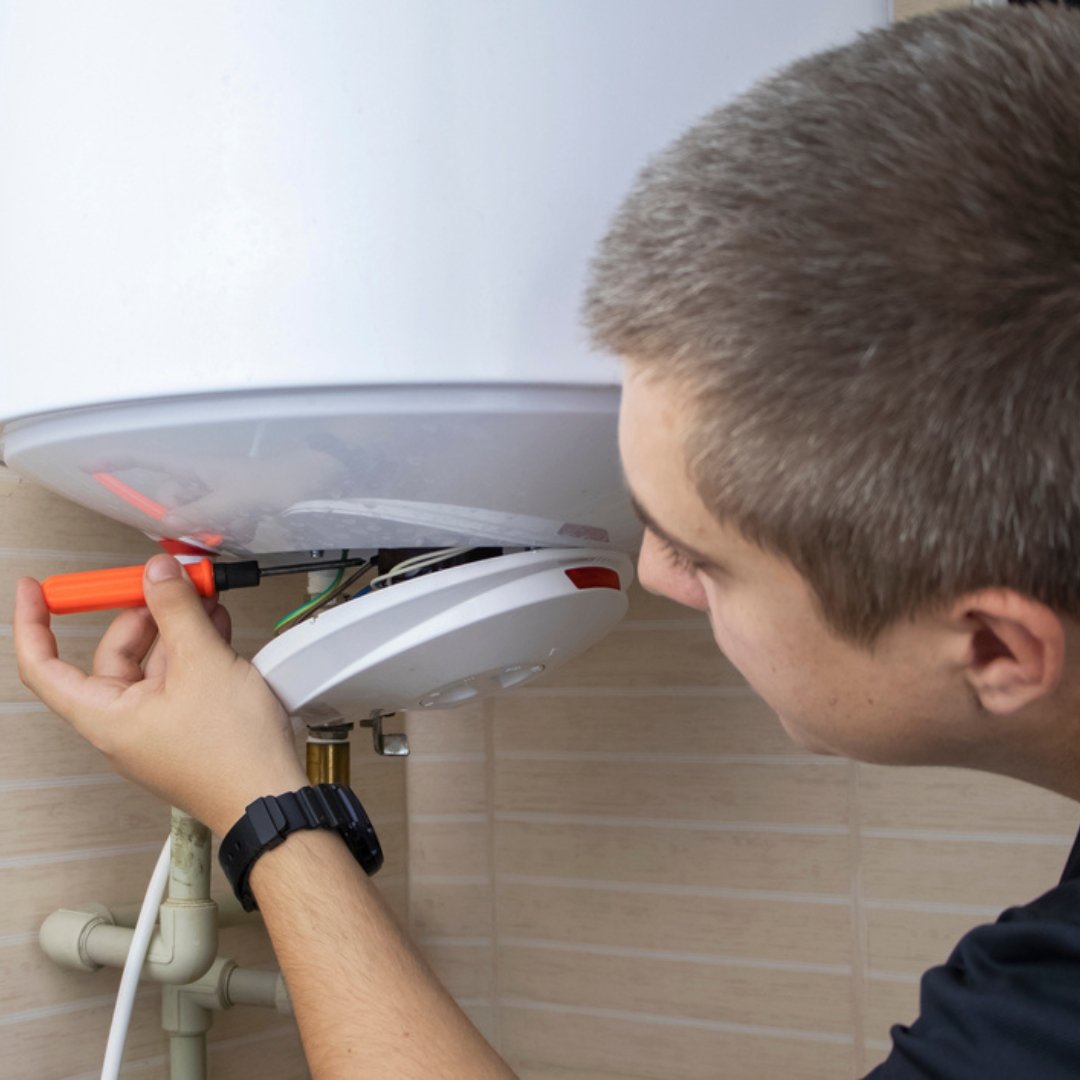PAT Testing in Factories and Industrial Environments
In today’s fast-paced industrial world, factories and manufacturing units heavily rely on electrical equipment and machinery to keep operations running smoothly. However, while these devices enhance productivity, they also carry potential risks if not properly maintained. This is where Portable Appliance Testing (PAT) plays a crucial role in ensuring electrical safety, preventing accidents, and maintaining regulatory compliance in industrial environments. To Know More Click Here

What is PAT Testing?
PAT Testing is the systematic inspection and testing of electrical appliances to ensure they are safe to use. Specifically, it involves both visual inspections and electrical testing using specialized devices. The goal is to identify faults such as worn-out cables, exposed wires, or damaged insulation before they lead to accidents.
In industrial environments, where machines operate continuously under harsh conditions, PAT testing is essential to safeguard workers and prevent costly downtime.
Why PAT Testing is Critical in Industrial Environments
Factories and industrial setups are particularly vulnerable to electrical hazards because of:
- Heavy Machinery Usage: Motors, conveyor belts, and presses are often used continuously, increasing wear and tear.
- Harsh Conditions: Dust, moisture, and high temperatures can deteriorate electrical insulation and components.
- Complex Equipment: Industrial tools and machinery often have multiple electrical connections, increasing the risk of faults.
- Human Safety Risk: Electric shocks, burns, and fires can occur if faulty equipment is used.
Therefore, PAT testing addresses these risks by detecting issues early, ensuring a safe workplace and uninterrupted operations. To Know More Click Here

Types of Equipment Tested in Industrial Settings
Industrial PAT testing covers a wide range of equipment, including but not limited to:
- Heavy-duty machines: CNC machines, hydraulic presses, and industrial ovens.
- Power tools: Drills, grinders, welding equipment, and portable saws.
- Office equipment: Computers, printers, and lighting in factory offices.
- Workshop devices: Compressors, heaters, and laboratory instruments.
By testing all these devices, factories can maintain a comprehensive safety protocol, thereby minimizing risks.
Components of PAT Testing
A proper PAT testing process involves:
- Visual Inspection:
- Checking cables, plugs, and connectors for damage.
- Inspecting for signs of overheating, corrosion, or wear.
- Earth Continuity Test:
- Ensures that exposed metal parts are properly earthed, thus preventing electric shocks.
- Insulation Resistance Test:
- Measures the effectiveness of insulation around wires to prevent leakage currents.
- Polarity and Leakage Testing:
- Confirms correct electrical connections.
- Detects current leakage that can pose hazards to operators.
- Functional Checks:
- Ensures equipment operates safely under normal conditions.
Overall, these steps ensure that all electrical appliances are safe for daily industrial use.
Benefits of PAT Testing in Factories
- Enhanced Employee Safety: Reduces the risk of electrical accidents, injuries, and fatalities.
- Regulatory Compliance: Helps factories meet national safety standards and legal requirements.
- Increased Equipment Longevity: Early detection of faults prevents major damage and extends machine life.
- Reduced Downtime: Faulty equipment can be repaired or replaced before causing production delays.
- Cost Savings: Avoids expensive repairs, compensation claims, and insurance penalties.
Consequently, PAT testing is both a safety measure and a cost-effective strategy for factories. To Know More Click Here

PAT Testing Frequency in Industrial Settings
The frequency of PAT testing depends on equipment type, usage, and environment. Typically:
- High-risk equipment: Every 3–6 months (e.g., welding machines, high-power tools).
- Medium-risk equipment: Every 6–12 months (e.g., office machines, workshop tools).
- Low-risk equipment: Annually (e.g., rarely used appliances).
Thus, factories often adopt a risk-based approach, prioritizing critical machinery to maximize safety and operational efficiency.
Choosing the Right PAT Testing Provider
Industrial PAT testing requires professional expertise. Therefore, when selecting a provider, consider:
- Certified Technicians: Ensure they have experience with industrial machinery.
- On-Site Testing Services: Minimizes disruption to factory operations.
- Detailed Reports: Provides clear documentation of faults and remedial actions.
- Flexible Scheduling: Allows testing during off-peak hours to avoid production delays.
Ultimately, a reliable provider not only ensures compliance but also contributes to long-term safety and productivity.
Case Example: Avoiding Downtime through PAT Testing
Imagine a factory with multiple conveyor belts and welding machines. During routine PAT testing, a technician discovers a small insulation fault in a welding machine. As a result, immediate repair prevents:
- Fire hazards
- Electric shock to operators
- Production stoppages
This example illustrates how proactive PAT testing can save lives and prevent financial losses.

Conclusion
In industrial environments, PAT testing is not just a legal requirement—it is a critical safety practice. By regularly inspecting and testing electrical equipment, factories can:
- Protect employees from hazards
- Ensure equipment reliability
- Avoid costly downtime and repairs
- Maintain compliance with safety regulations
Therefore, investing in professional PAT testing services is an investment in worker safety, operational efficiency, and long-term business success.
SafeTag – Your Safety Partner in New Zealand
Ensure workplace safety and compliance with SafeTag’s professional testing services. We offer certified solutions for Electrical Testing & Tagging, RCD Testing, Microwave Leakage Testing, and Portable Appliance Testing (PAT). Trust our experts for hassle-free, on-site service tailored to your business needs.




